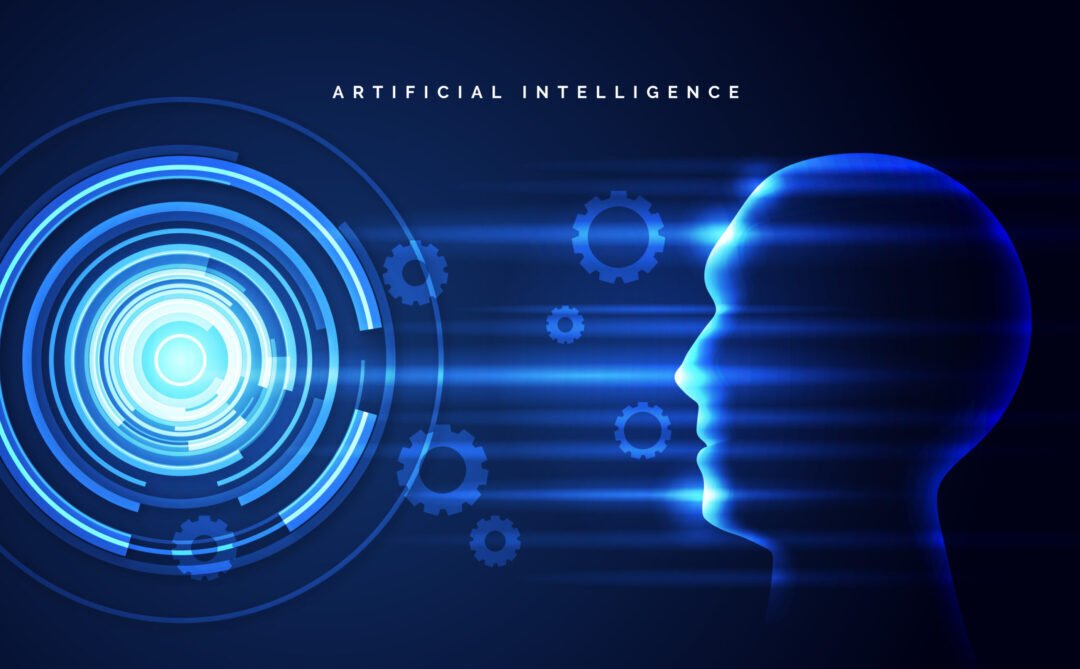In recent years, AI text to speech characters have revolutionized digital interactions. Whether it is virtual assistants, educational tools, or customer support, this technology has opened the door to new possibilities in many industries. But how is this technology evolving and what is its future? In this article we will analyze the major developments in AI text to speech technology and its future prospects.
Table of Contents
ToggleWhat are AI text to speech characters?
AI text to speech (TTS) characters are artificial intelligence-based systems that convert written text into sound. Compared to traditional speech synthesis, modern AI-powered TTS are able to mimic human-like speech patterns, emotions, and nuances, making the experience more natural and realistic. These AI characters typically communicate in a similar way to human voices, allowing them to interact more naturally with users.
Technological Developments in AI Text to Speech

1. Incorporation of Natural Language Processing (NLP)
An important reason for the rise of AI text to speech characters is the inclusion of natural language processing (NLP). NLP allows AI systems to understand and replicate the complexities, sentence structures, and context of human language. Through this technology, AI characters can produce voices that sound less robotic and more natural.
NLP has also made AI text to speech adaptable to different languages and dialects, making this technology more accessible globally.
2. Deep Learning and Neural Networks
At the heart of modern AI text to speech characterization is the use of deep learning and neural networks. These advanced algorithms analyze massive amounts of data so they can learn the nuances of human speech. By analyzing voice data, AI not only learns the pronunciation of words but also understands emotional tones and pauses, which make voices sound more lifelike.
3. Real-time voice synthesis
Another big advancement is real-time voice synthesis. With the help of this technology, AI text to speech characters can generate voices in real-time without any delay. This is especially useful in the field of customer service, where AI can help in live conversations, making the interaction even more seamless.
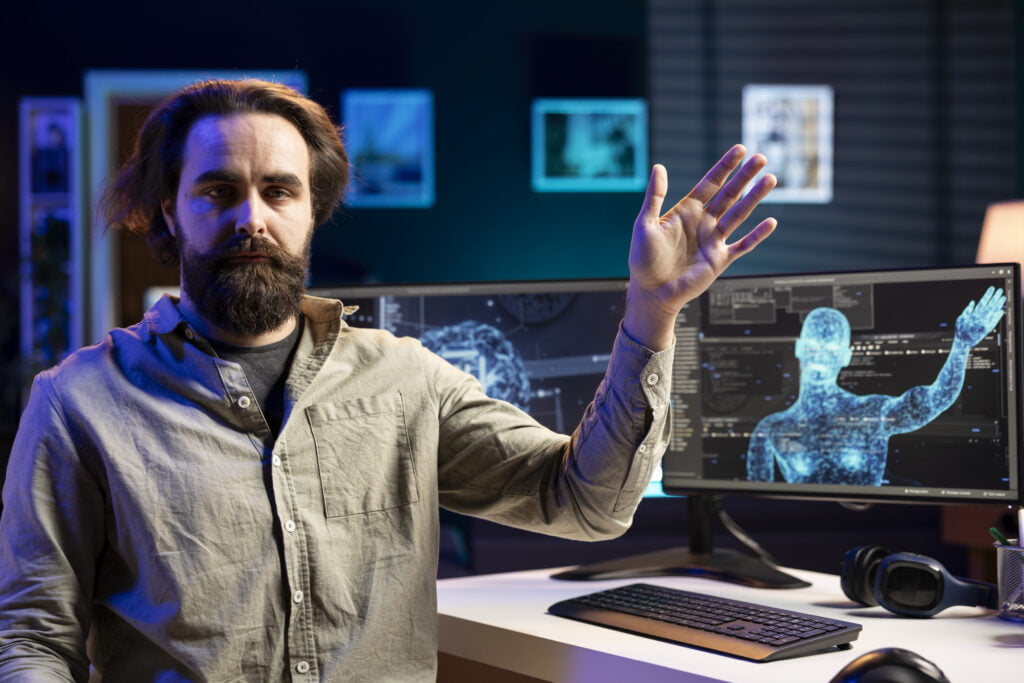
4. Personalization and customization capabilities
A key feature of today’s AI text to speech technology is that it can generate personalized voices. Users and businesses can now customize AI voices to suit their brand or personal preferences. Whether it’s pitch, tone, or speed, such customization capabilities are becoming increasingly popular.
For example, Amazon’s Alexa and Google Assistant offer different voice options, allowing users to choose the voice that best suits their personal or business environment.
Uses of AI Text to Speech Characters
1. Virtual Assistants and Customer Support
AI-powered virtual assistants such as Siri, Alexa, and Google Assistant are among the most popular examples of AI text to speech characters. These systems can understand complex commands and respond in natural, human-like voices, making it easier and more efficient for users to complete daily tasks.
In customer support, AI text to speech characters are being deployed to solve simple questions, saving human agents time and improving customer service.
2. Education and e-learning
AI text to speech is revolutionizing the educational sector, especially for students who are facing disabilities. E-learning platforms are using AI characters to narrate the curriculum, making the educational content more interesting and easily understandable.
Students who have difficulty reading or who are visually impaired benefit greatly from this technology.
3. Entertainment and Media
From voiceovers in video games to AI-generated narration in audiobooks, AI text to speech characters are making their mark in the entertainment industry as well. Game developers are using these AI characters to create more dynamic and responsive environments, enhancing the overall gaming experience. In the world of audiobooks, AI voices are increasingly being used to generate content, allowing authors to present their works more efficiently.
The Future of AI Text to Speech Characters
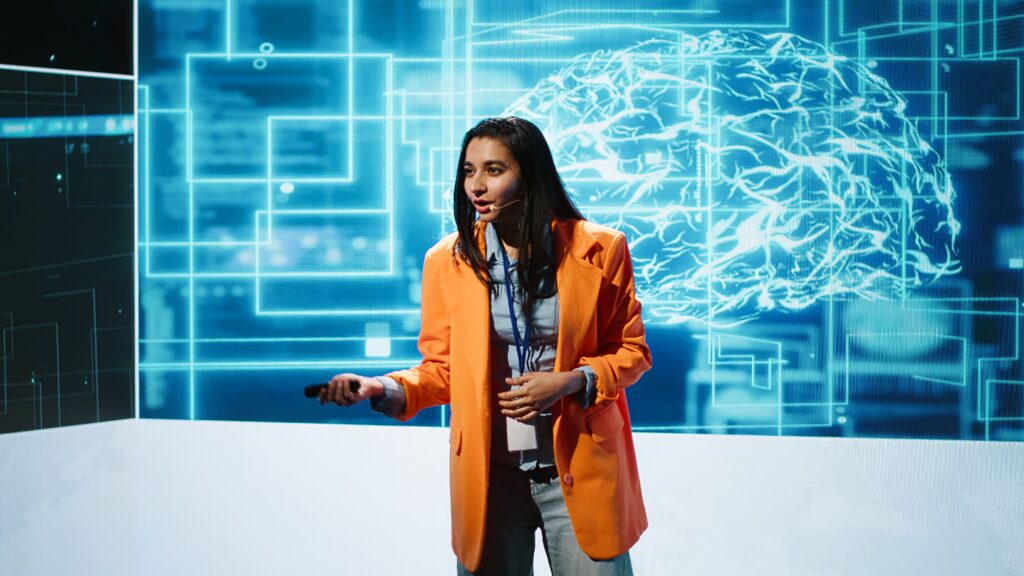
1. Hyper-Realistic AI Voices
The future of AI text to speech characters is moving towards generating almost human-like voices. As deep learning models continue to improve, AI characters will be able to express emotions, sarcasm, and personality traits with even greater accuracy.
This advancement will allow AI-powered voice actors to be used in movies, TV shows, and advertising, blurring the boundaries between human and machine-generated content.
2. Multilingual and cross-dialect support
In the future, an important development of AI text to speech characters will be that they will be able to generate voices in different languages and dialects. Currently, AI can only handle major languages, but as global demand grows, more regional and localized voice options will be developed.
This will bring major changes to industries like travel, hospitality, and international customer service, where businesses operate in multiple languages.
3. Voice cloning and ethical concerns

Voice cloning is another area that is growing rapidly. This technology allows AI to mimic distinctive human voices, which could prove beneficial in media, entertainment, and personal applications. But it also raises ethical issues related to privacy and consent.
The future of AI text-to-speech characters will require clear guidelines and regulations to address these challenges.
4. Use of AI in Healthcare and Accessibility
The healthcare industry can greatly benefit from AI text to speech technology. Medical devices and assistive technologies that rely on voice interfaces can become even more intuitive and responsive in the future, providing patients with disabilities with better communication tools.
For people who are unable to speak, AI-powered conversational tools will provide new possibilities, greatly improving their quality of life.
Challenges and Limitations
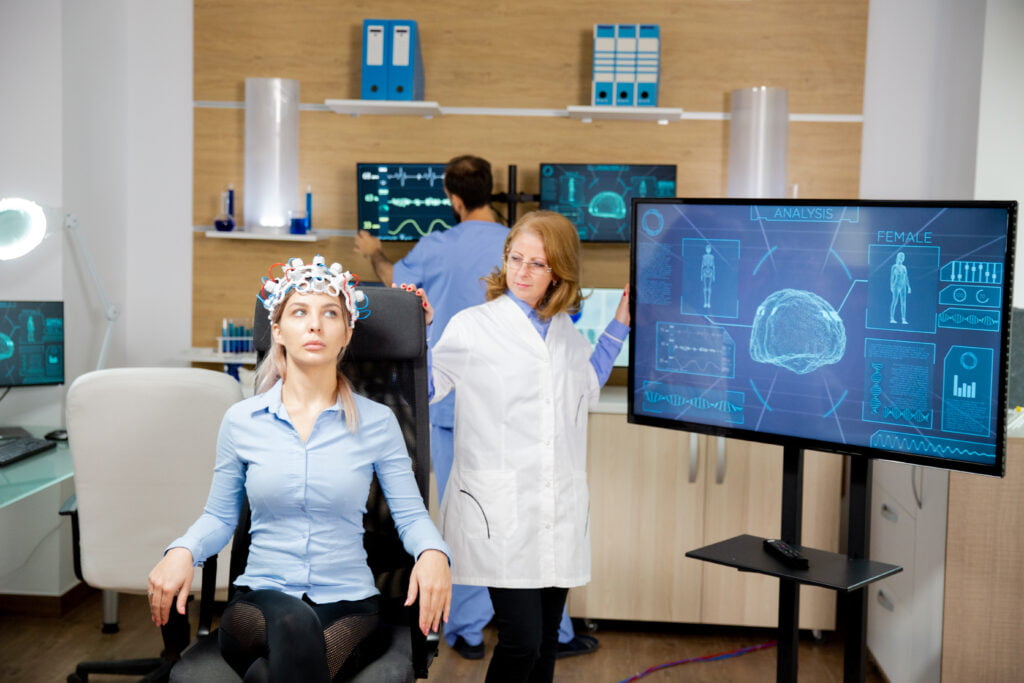
While the future of AI text to speech characters looks very bright, it comes with several challenges. Current technology still struggles to accurately mimic emotional depth and handle highly complex speech patterns. Furthermore, the use of cloned voices also raises privacy concerns that need to be addressed.
Developing AI systems that understand cultural nuances, regional accents, and non-verbal cues to achieve completely realistic conversations is also a major challenge.
Conclusion
AI text to speech characters are evolving rapidly, and their demand is increasing across various industries, be it education, entertainment, or healthcare. With the continuous improvement of technologies such as NLP, deep learning, and customization, this technology is becoming more human and accessible. However, challenges such as ethical concerns and emotional depth of speech are yet to be addressed.
As we move towards the future, it is clear that AI text to speech characters will play a vital role in changing the way we communicate, making conversations feel more personal, efficient, and real.
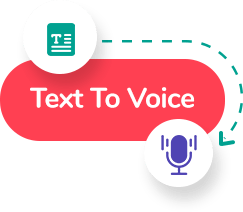

FAQs: AI Text to Speech Characters
AI text to speech characters are systems that use artificial intelligence and natural language processing (NLP) to convert written text into a natural and human-like voice. These characters are used in various fields such as virtual assistants, customer support, and education.
Major advancements are happening in AI text to speech technology with the use of natural language processing, deep learning, and neural networks. These technologies are enabling AI characters to better understand and mimic emotions, tones, and nuances of human speech.
AI text to speech characters are being widely used in virtual assistants, customer support, education, e-learning, and entertainment (such as audiobooks and gaming). This technology is making communication natural and efficient across various industries.
The future of AI text to speech characters is very bright. This technology is moving towards generating even more human-like voices, multilingual support, and personalized customization. Apart from this, its use in the areas of health and accessibility can increase even more.
Although this technology is developing rapidly, it still has some challenges like accurately mimicking the depth of emotions and understanding complex patterns of speech. Apart from this, ethical concerns and privacy issues related to voice cloning are also yet to be resolved.
Affiliate Disclaimer
This post may contain affiliate links.On the off chance that you click on one of these connections and make a buy, I might procure a little commission at no extra expense for you. This helps support the blog and allows me to continue creating valuable content.On the off chance that you click on one of these connections and make a buy, I might procure a little commission at no extra expense for you.Thank you for your support!

